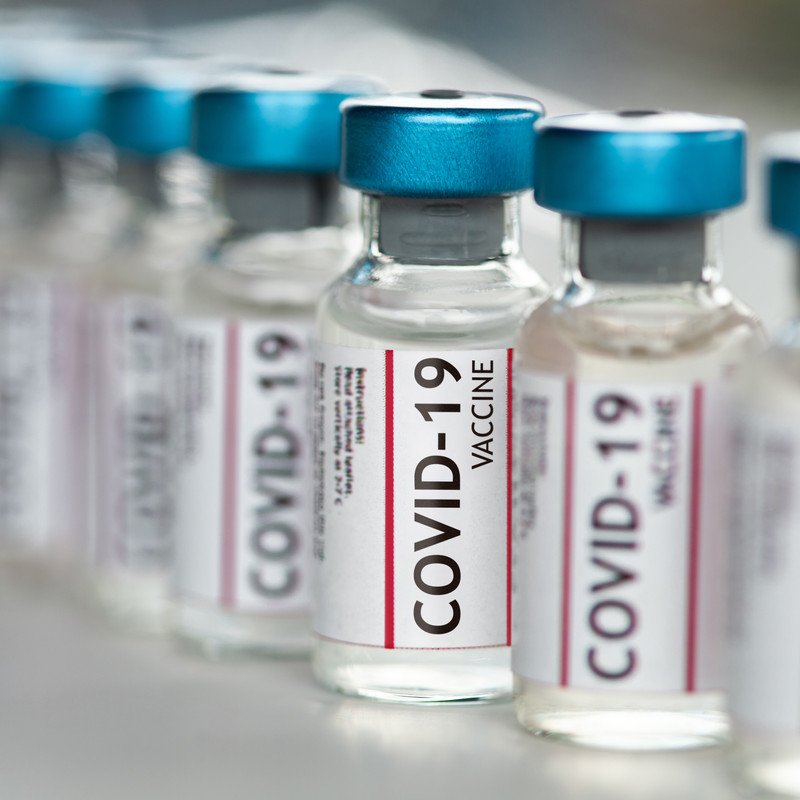Published:
The coronavirus pandemic is seeing a large and hopeful light moving forward: the vaccine. Each country is putting together different plans to face the COVID-19 pandemic head on. Canada, the United Kingdom, and the United States are among the first countries to start distributing the vaccines with varying methods. Canada and the UK are both identifying priority groups and using their national healthcare to evenly distribute the vaccine to healthcare workers and to the elderly. The United States has taken a different approach, allowing every state to define its own priority groups and how they will distribute the vaccines. The COVID-19 vaccine has been highly anticipated but has created new, unforeseen problems due to distribution and transportation. A few unexpected companies have risen up to match the challenges of distribution, storage, and space requirements.
The first company is Dippin’ Dots. The company creates small, balled “ice cream of the future” that can often be found at amusement parks. When originally thinking about the coronavirus vaccine, not many people immediately think about an ice cream company. However, Dippin’ Dots, due to their unique shape, need to be stored and transported at -40°F, a starkly lower temperature than normal ice cream that is recommended to be stored at 0°F. When creating the freezers for this ice cream, the founders of Dippin’ Dots worked to develop a freezer that can reach -112°F. For comparison, this is colder than dry ice, the current method for keeping vaccines cold enough during transportation. Many companies that are expecting to soon have shipments of the vaccines for distribution are beginning to speak with Dippin’ Dots, requesting freezers or advice about keeping the vaccines cold enough. Pfizer also was reported to have inquired about the freezers and their potential to help the vaccine move forward.
Once the vaccine companies can actually transport and store the vaccine, the next problem arises: How will the vaccine be distributed to the general public. The problem doesn’t lie in finding enough people to take it, but being able to give it to everyone within the 15-day expiration dates. Another unexpected company is helping to solve this problem—Disney.
Disneyland in California is located in Orange County, California, which is just outside of Los Angeles, the biggest city currently affected by the coronavirus in the U.S. Disneyland is opening their park for the first time since March, but to become a vaccine distribution site instead of for rides and families. Eligible vaccine takers can go to the “happiest place on earth” and receive the possible life-saving vaccine. Other companies throughout the U.S. that have large spaces are similarly closing down any operations they had running and becoming vaccine distribution centers. This includes sports fields/centers, college campuses, and amusement parks.
As different countries continue to receive vaccine doses, keep checking with your local healthcare resources to find where and when you or your family can receive a dose of the COVID-19 vaccine.
File under






